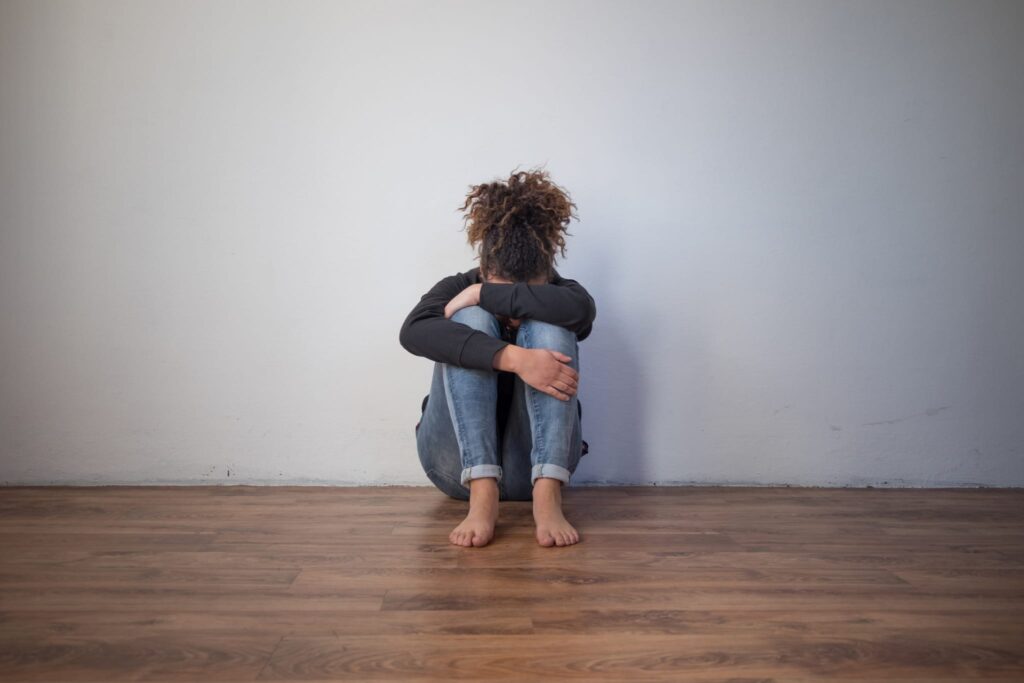Sounding the Alarm on Black Girls and School Discipline
Black girls are more likely to be disciplined than white girls—accounting for 37% of in-school suspensions.

EdTrust has long sounded the alarm that Black girls are more harshly disciplined in school than their white peers. Now, a new report from the U.S. Government Accountability Office (GAO) confirms what we already know: Black girls are more likely to be disciplined for subjective infractions — like dress code, hairstyles, talking back, defiance, etc. — than white girls: 18% of Black girls received disciplinary referrals compared to 9% of white girls.
30% of Black girls received exclusionary discipline for compared to 18% of white girls. Black girls also account for 45% of out-of-school suspensions, 37% of in-school suspensions, and 43% of expulsions.
The notion that Black girls misbehave more than white girls is simply not true — they just get blamed more for perceived “bad” behavior.
The report looked at the 2017-18 school year and found that while Black girls comprised just 15% of girls enrolled in public schools, they received almost 50% of the exclusionary discipline. Across the country, girls of color are excluded from school for subjective offenses — missing out on crucial class time and opportunities to learn. Black girls face some of the greatest barriers to educational opportunities because of racial and gender biases embedded within school discipline policies: dress codes, hairstyles, and codes of conduct that target their cultural identity. These biases manifest as punishments that have more to do with who these girls are rather than what they do. And the adultification of Black girls compounds this problem even further.
When EdTrust and the National Women’s Law Center (NWLC) released our school discipline guide in 2020, “And they cared:” How to Create Better, Safer Learning Environments for Girls of Color, a lot of people asked us, “Why girls of color?” Even at that time, data was clearly showing the disparities in discipline, especially for Black girls, who were 4X more likely than white girls to be arrested at school and 5X more likely than white girls to be suspended at least once from school. Now, the GAO report codifies what we’ve been saying for years: that we need to support Black girls by improving the need to improve learning environments. We’re glad that this report raises awareness on the disparities for Black girls being more harshly disciplined in school.
There is a false narrative that Black girls are “too loud. Too assertive. Too sexually provocative. Too defiant. Too adult-like,” when the real contributor to discipline disparities does not lie with Black girls, but with the biases adults hold.
Given the exact same behavior between a Black girl and a white girl, Black girls over and over are punished while white girls are not. This has real impacts not only on excluding Black girls from their classrooms, but on their academic learning. because they aren’t in the classroom to learn and because they receive the message that they don’t belong, which disengages them when they are in the classroom.
Education leaders often tout the need for safe schools, and they’re right, but the approaches they turn to often exacerbate the disparities in discipline and make schools feel less safe for Black girls. For example, another recent study by NWLC and the Southern Poverty Law Center, called Keep Her Safe, Centering Black Girls in School Safety, shows Black girls experience harsher treatment, public humiliation, and sexual harassment from school-based security staff. To be clear: exclusionary discipline, school police and security staff, metal detectors, and surveillance aren’t the answer.
At the federal level, Rep. Ayanna Pressley has long sponsored and advocated for passing the Ending Pushout Act, which would create new federal grants to support states and districts that commit to banning discriminatory school discipline practices and improving school climate. Additionally, the Counseling Not Criminalization in Schools Act would provide schools with resources to hire school counselors, social workers, and other support personnel and prohibit the use of federal funds for police in schools. Finally, the CROWN Act would prohibit discrimination against ethnic hairstyles. Congress should pass these bills with the urgency they require.
In the meantime, there are concrete ways for state, district, and school leaders to improve learning environments for girls of color and address these discipline disparities. Our discipline guide highlights the efforts of one state and two large, urban school districts that have made strides in reducing exclusionary discipline for girls of color, and we identify the evidence-based policies and practices that led to their improvements. District and state leaders can look to our checklist at the end of the guide for concrete actions they can take to create better, safer learning environments for girls of color, and beyond that, for all students.